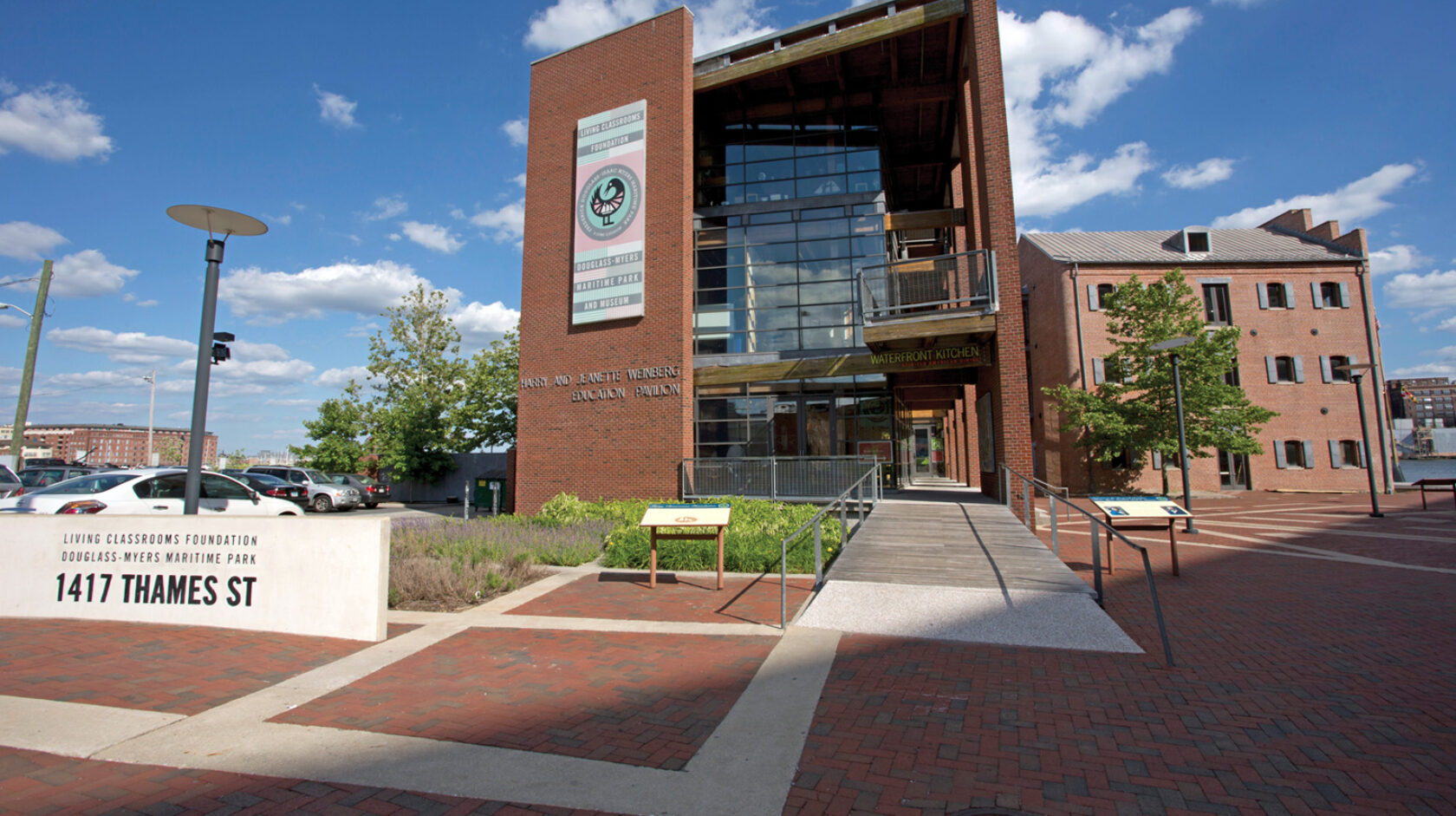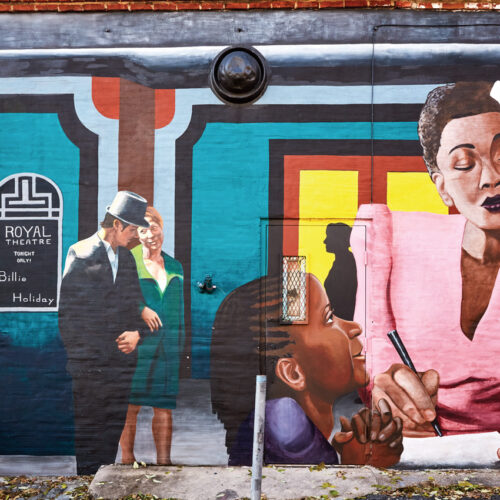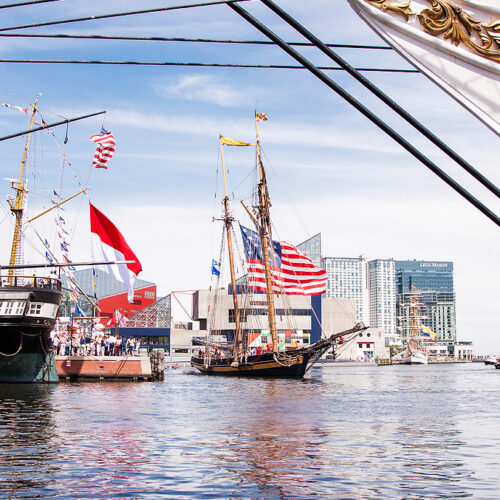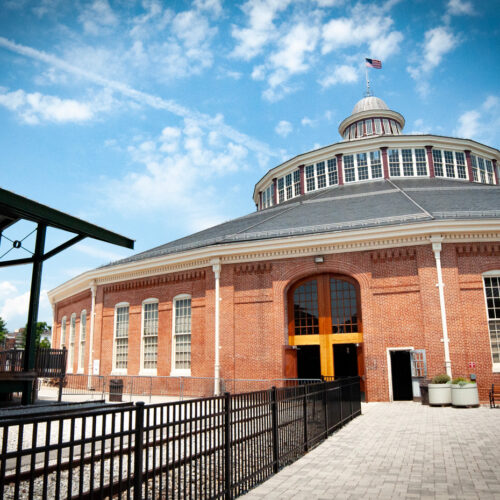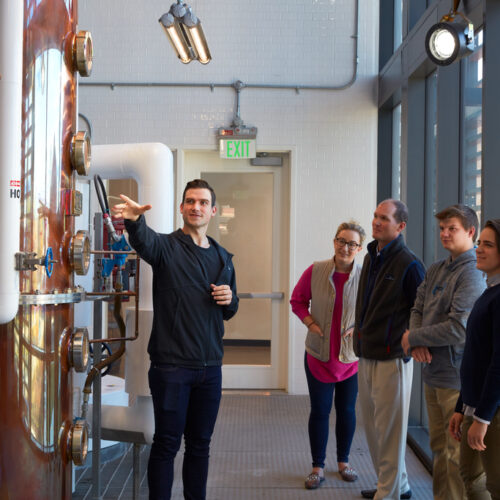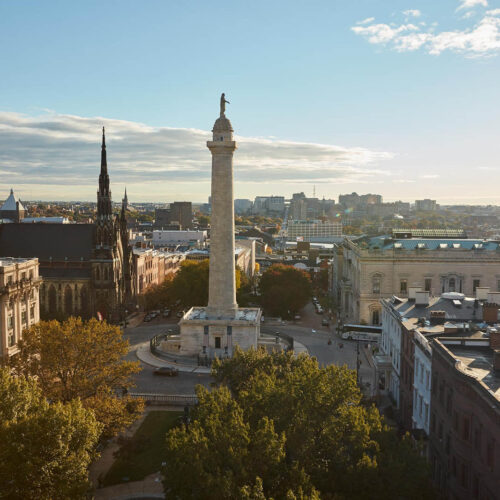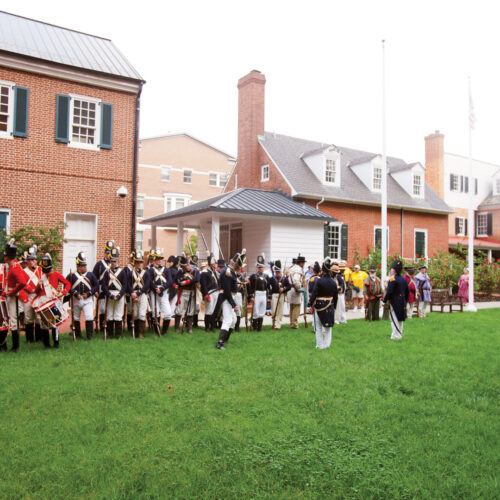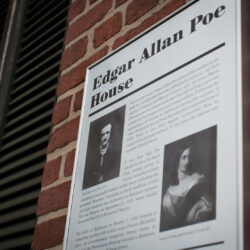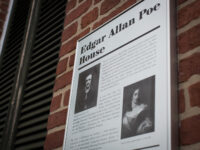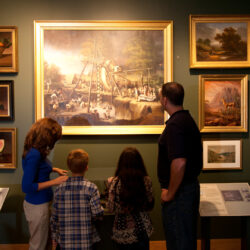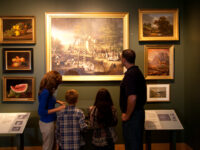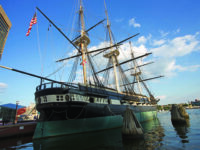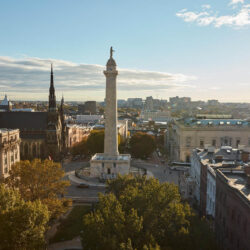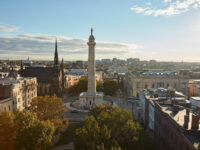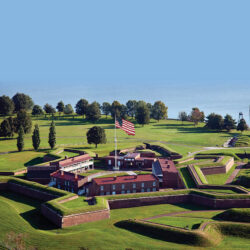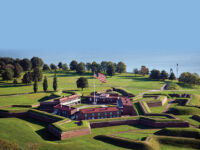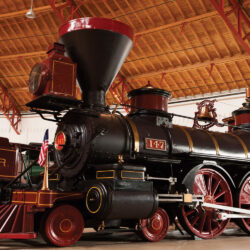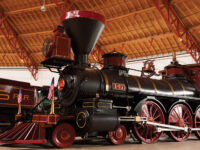Walk in Frederick Douglass’ Footsteps around Baltimore
The renowned orator, author, diplomat and adviser to President Abraham Lincoln spent his formative years in Baltimore and shaped the city’s legacy.
Frederick Douglass’ story as an abolitionist and writer was heavily influenced by his time in Baltimore where he worked at the shipyards in Fell’s Point before escaping to freedom in 1838. Later in life, he returned to his roots to continue helping his community. Read on to see how you can literally walk in Douglass’ footsteps in Fell’s Point and celebrate his legacy at Baltimore’s African American and cultural institutions.
Douglass Place
Years after he transformed the nation with his ideas for reformation, Douglass returned to Baltimore to build a row of houses for African American renters—brick-and-mortar examples of his commitment to creating stability and community for African Americans in the years following the Civil War. Once known as Strawberry Alley, Dallas Street was also home to the Fell’s Point church where Douglass worshiped: Strawberry Alley Methodist Church. His “Douglass Place” homes in still stand today, with a commemorative plaque next to the front door where Douglass lived, at 524 S. Dallas Street.
President Street Station
Frederick Douglass is thought to have passed through President Street Station as part of his journey on the Underground Railroad. The station is now the city’s civil war museum, with a special exhibition on the Underground Railroad.
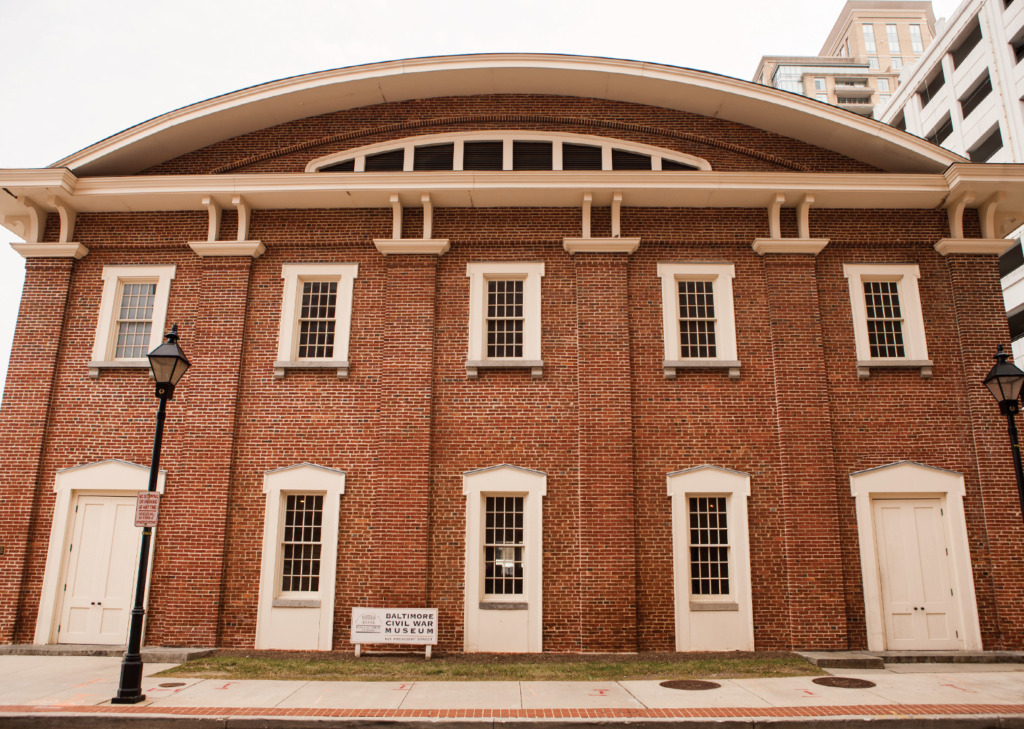
Tour Baltimore’s Civil War Museum in the original President Street Station building.
Happy Alley (Aliceanna & South Durham Streets)
Born into slavery, Douglass was sent to this part of Fell’s Point as a child to serve the family of Hugh Auld. In spite of her husband’s disapproval, Auld’s wife Sophia taught young Frederick the alphabet.
Lancaster Street
Douglass worked in shipbuilding as a young man. During his time at the shipyards of James Beacham and William Gardner, Douglass became a skilled builder and caulker.
28 Thames Street, Fell’s Point
At Nathaniel Knight’s shop at 28 Thames Street, Douglass procured the first book he ever owned, a popular collection of poems and essays called The Columbian Orator.
Frederick Douglass-Isaac Myers Maritime Park and Museum
A rich, interactive experience for families and history lovers of all ages, this national heritage site recounts the story of Frederick Douglass and his life as a young man in the shipyards in Baltimore and the Eastern Shore. The Douglass-Myers museum also celebrates the legacy of Isaac Myers and the founding of the Chesapeake Marine Railway and Dry Dock Company, America’s first African American-owned shipyard.
On the grounds at the entrance of the museum sits a striking, six-foot-tall memorial sculpture of Frederick Douglass. The bronze structure was created by artist Marc Andre Robinson, a graduate of the Maryland Institute College of Art in Baltimore.

The exhibits at the Frederick Douglass-Isaac Myers Maritime Park and Museum tell the story of Fell’s Point’s maritime history.
Maryland Center for History and Culture
The Maryland Center for History and Culture features a Civil War exhibit detailing the history of abolition in Maryland and the impact of Frederick Douglass as an activist, abolitionist and national figure. During the Civil War, Douglass acted as an advisor to President Abraham Lincoln, and recruited African American soldiers to fight for the Union.

For over 100 years, the Maryland Historical Society has documented the history of the state.
The National Great Blacks In Wax Museum
Frederick Douglass is one of many historical legends featured in wax form at the National Great Blacks In Wax Museum. The museum’s exhibits share the story of African American history from the Middle Passage through the Civil War and beyond.
The Reginald F. Lewis Museum of Maryland African American History & Culture
Celebrating the legacy of African American Marylanders, the Lewis Museum includes events and exhibitions honoring the life of Frederick Douglass, including historical reenactments of moments from Douglass’ life.
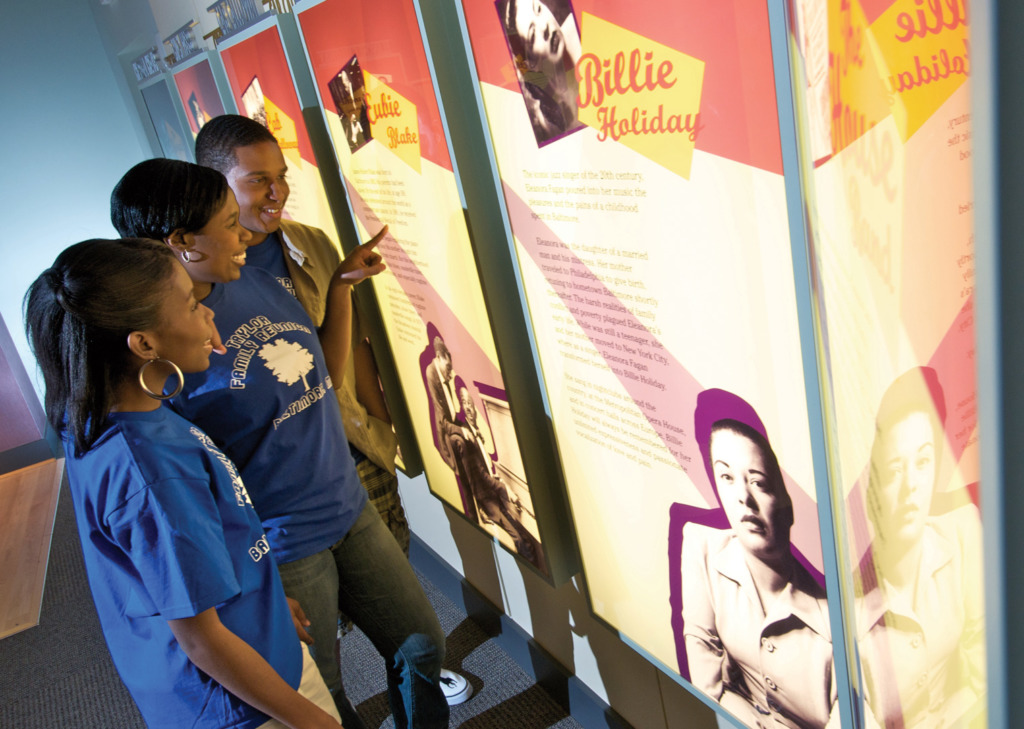
The Reginald F. Lewis Museum of Maryland African American History & Culture has documented the life of Maryland African Americans from 1784 to the present day.
Frederick Douglass Path to Freedom Walking Tour
Take a guided tour of the city from the lens of Douglass’ experience and impact. Learn about the history of the Underground Railroad, immigration and shipbuilding in Baltimore. This one-hour tour is available by appointment only by Baltimore Black Heritage Tours.
